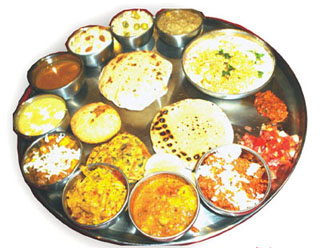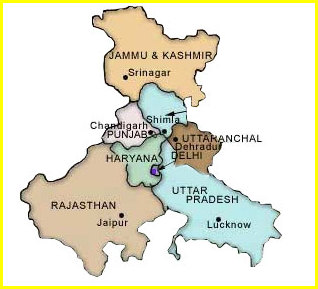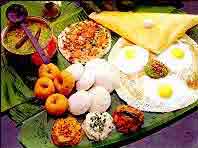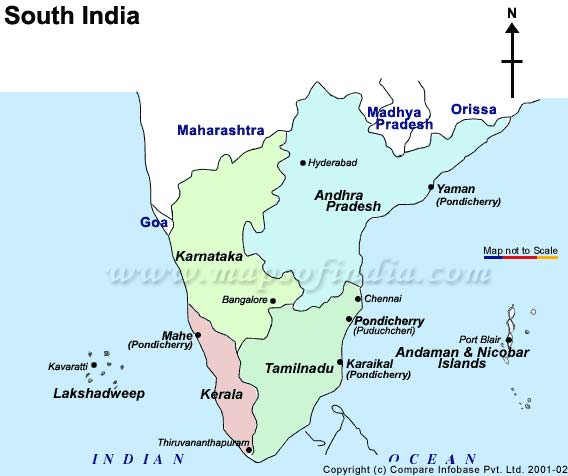From The Peopling of New York City
When assessing the relationship between North and South Indians, it is crucial to understand what is even meant by the terms “South” or “North,” and what are some of the main differences between these regions.
What is usually referred to as “North India” are the states of Delhi, Jammu and Kashmir, Himachal Pradesh, Punjab, Uttaranchal, and Haryana. Many cities in the North such as the capital, New Delhi, have become very developed and metropolitan. It’s languages are largely Indo-Aryan due to the Aryan influence in its history, of which the main spoken language, Hindi, has developed from. However, other influences have led to a wide range of dialects and other languages spoken in the region. (source) North Indian food typically includes the breads chapattis, rotis, or paranthas, many vegetables and meats, and several curries, curd, and a wide variety of sauces. Most desserts are milk or rice based and soaked in syrup. (source)
North India
The region of South India usually includes the states of Kerala, Karnataka, Andhra Pradesh, and Tamil Nadu. It consists of many different languages that are mostly forms of Dravidian, and these states were even originally divided based on their different languages which include Tamil, Malayalam, Kannada, and Telegu. . The culture of Southern India has several differences from that of North India and largely emphasizes the celebration of the body and the importance of motherhood. The food in the South also has several differences from most Northern cuisines. It mostly cosists of rice, curried vegetables, which are often roasted or steamed. The sosa, idli, and vada which are rice pancakes are very typical, and cocunut is one of the pain ingredients in a large portion of foods. Though there are many different cuisines in the South, most meals are vegetarian and not as meat based as in the North. (source) Though previously not as urban as the North, today many regions are strongly developing and changing.
Of course the state of India is vast, and it consists of thousands of peoples with their own appearance, dialect, food, religions, and culture. But despite all these differences, Indians have countless cultural aspects that unite them as one people.
Now that we have assessed some of the differences, the question really becomes how much these differences come to play when immigrants from all over India come to settle together in a much larger cultural diversity of NYC.



